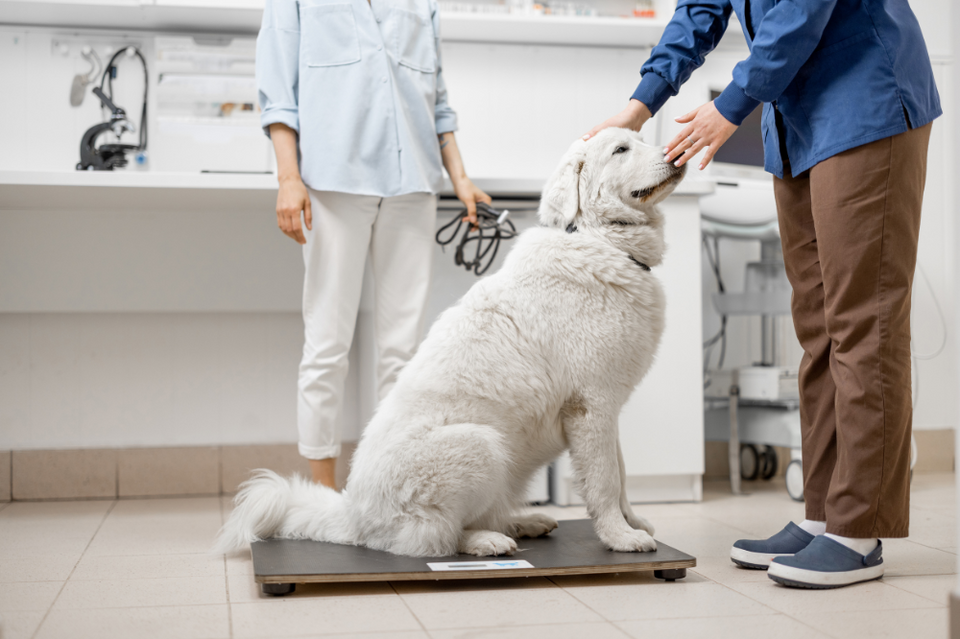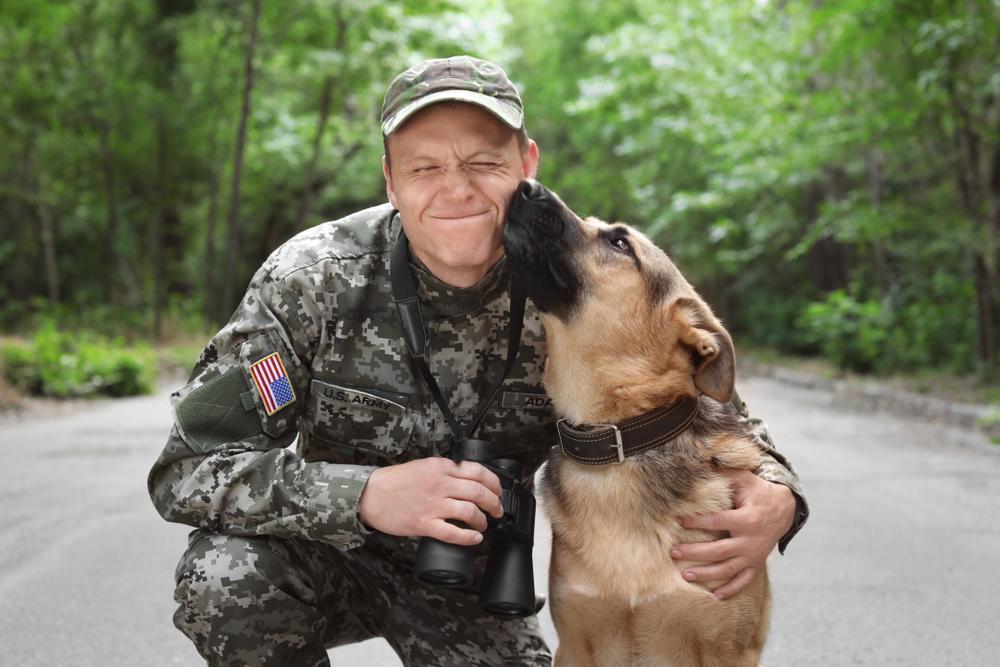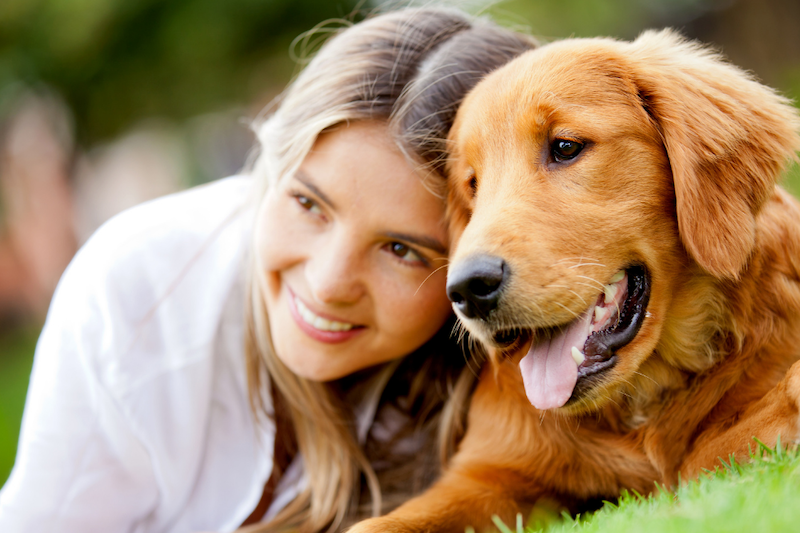
Weighing in on Pet Obesity Awareness

Today, the majority of pets are obese.
It’s sad but true. According to veterinarians, as many as 59% of all pets are obese. Unfortunately, this issue has only gotten worse in the past ten years - with an over 150% increase in the number of both overweight dogs and cats. The obesity problem can be a delicate topic that vets have trouble approaching with pet parents.
When our pets are overweight, their quality of life could potentially be affected. It may cause pain or added stress on joints. Plus, obesity in pets can make your precious fur buds vulnerable to other health risks down the line, so it’s something to be aware of while you still have the power to change the outcome.
We’d like to raise awareness of pet obesity by offering examples of what you can do to be more mindful of your pet’s weight and keep them healthy.
How to Weigh Your Dog or Cat
The first step in being more attentive when it comes to your four-legged friend’s weight is evaluating where they stand. Sometimes it’s hard to know whether your dog or cat is overweight just by looking at them. Luckily, you don’t need to make an appointment with the vet to get them weighed.
Here’s a simple way to weigh your pet at home - provided that they aren’t too large to be able to hold, of course!
First, weigh just yourself on a scale and record that number. Then, get on the scale holding your pet and record that number. All you have to do is subtract your weight (the first number) from the total weight of you and your pet (the second number). That’s it!
So, what do you do once you know what your pet weighs? PetMD has a healthy weight calculator, which is helpful in determining the ideal weight for their breed and age.
If you don’t have a scale or your dog is too big to hold, this handy chart from the Animal Humane Society can give you a sense of what your pet should look like physically.
As a last resort, you can briefly evaluate your pet’s weight by checking their rib cage. If you have to press hard in order to feel the ribs or they’re difficult to find, this is an indication of being overweight.
Exercising with your pet

Obese pets simply don’t get enough exercise to offset their food intake, but there are definitely ways to keep your canine or feline more active!
Even in cooler temperatures, it’s important to take your dog for a walk or exercise them by tossing the ball around. Added bonus - it’ll also help keep you active. A pet parent and pup who exercise together will stay healthy together!
While exercising your dog is a bit of a no-brainer, exercising cats isn’t as straightforward - but don’t despair. Cats can benefit from more activity even if it’s in short little bursts of playtime a few times a day. There are plenty of exercises to try, no matter if they’re a kitten or older cat. The goal is to keep your cat moving so they aren’t completely sedentary.
What to Do About Food

We recommend visiting with your vet to confirm exactly how much to feed your pet, and how often you should feed them. Your dog or cat is unique, and there are various factors to determine what’s right for them as an individual. Checking in with a professional on the subject of food can ensure that you’re not inadvertently overfeeding your best bud.
Generally, there are some rules of thumb you can stick to to prevent them from becoming obese. There may be things you do regularly that could be causing overweight pets.
For instance, you may feel guilty no longer giving your dog table scraps, but avoiding these altogether can eliminate weight gain. Remember - the temporary satisfaction that your pet gets from consuming human food isn’t worth sacrificing their health!
Pets that have food constantly accessible to them all day long are also highly at risk for becoming overweight. Both dogs and cats would quite literally graze all day, if you let them. Talk to your vet and come up with a feeding schedule that gets them into a daily routine and gives them what they need.
Once you’re aware of how much your pet weighs, you can come up with a plan for keeping them active and making sure they’re getting the right amount of food. Even with small changes, you can make a big impact on your pet’s health and well-being for the rest of their hopefully very long life!
Share this article
written by


